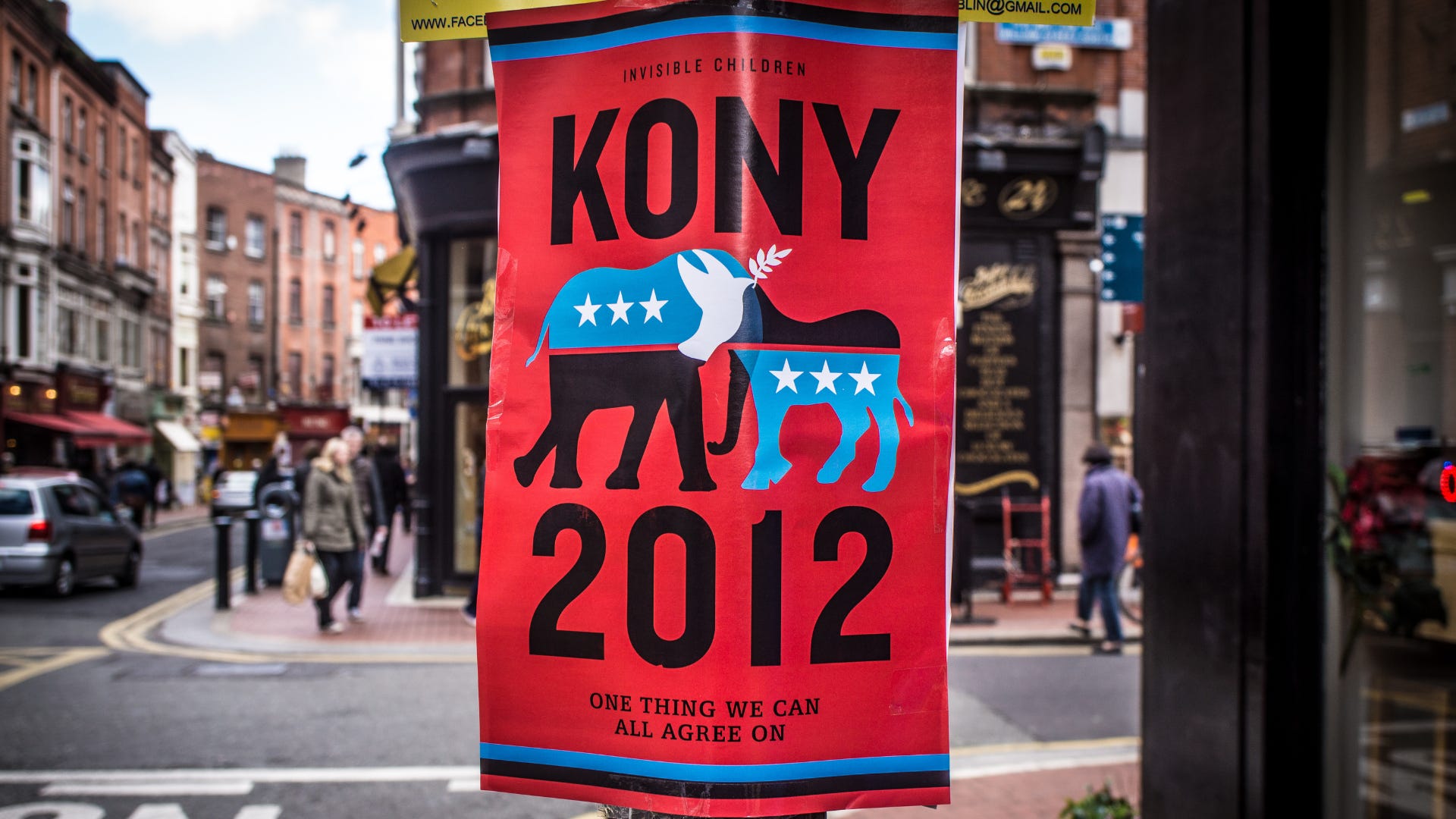The Media War Machine and the Current Thing
Over and over, a hawkish press has led America's charge into disaster by manufacturing frivolous conformism on war.
A press that manufactures consent for war is almost as old as war itself. William Randolph Hearst, who sold newspapers that fanned the flames of war with Spain in 1898, is an American example of this tendency. Yet the specific tone of media actors who seek U.S. intervention in international conflicts has undergone a shift in recen…
Keep reading with a 7-day free trial
Subscribe to Contra to keep reading this post and get 7 days of free access to the full post archives.




